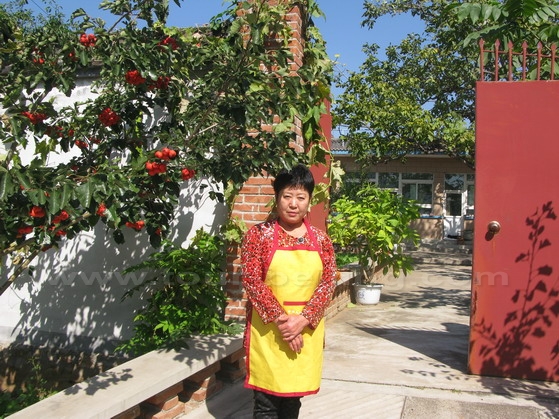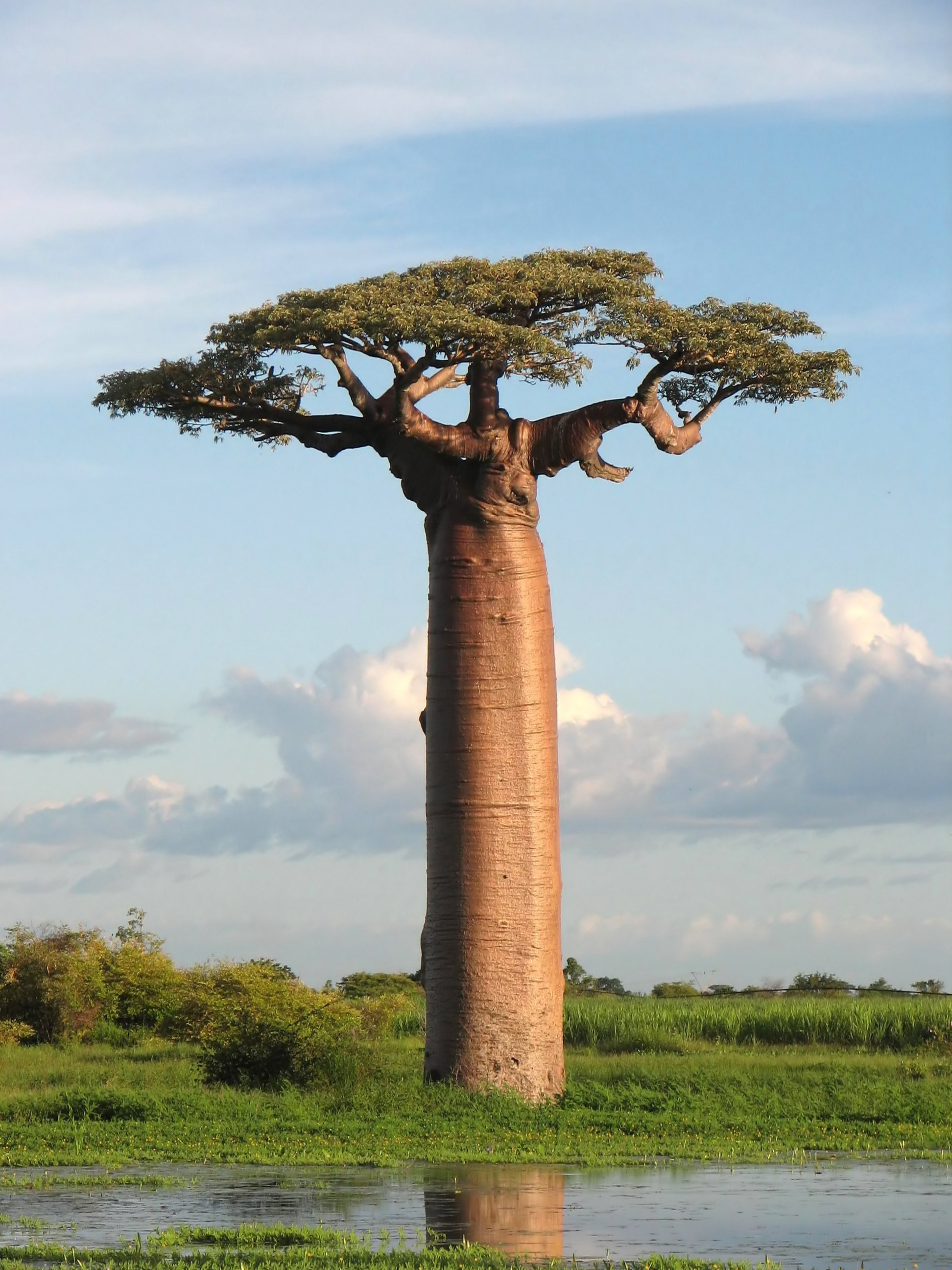Proposal Meeting at the Virginia Arts of the Book Center
Thursday, March 3rd at 6:30pm
The Tree of Life Print Collection would be a Virginia Arts of the Book Center Group Project which would focus on member's interpretation of the Tree of Life. Members will produce an edition of 11" x 14" prints that will be encased in a portfolio. The edition size will depend upon participation as each participating member will receive a set of prints, and extra will be created to donate to the VABC.
The Tree of Life is a global archetype focusing on the concept of a sacred tree. It is a symbol that is usually associated with hope, healing, stability, sustainability, and protection. Through history, it has occurred in many different cultures. A few examples of the broad spectrum of cultures this symbol occurs in are as follows:
China
Chinese mythology tells of a peach tree that produces a single fruit every 3,000 years. The individual that consumes the peach will achieve immortality. It is guarded at it's base by a dragon and from it's top by a phoenix. Here is a photo of Lady Lee standing in front of her courtyard garden. I would have wished this was a peach tree but alas it is a Hawthorn Tree.
Persia
Persian and Zoroastrinian lore maintains legend of an ancient tree called Gaokerena. It's fruit was pressed to produce an elixir of immortality.
Celtic
"Ancient Celts called the Tree of Life crann bethadh. They believed it had specials powers. To honor the Tree of Life, Celtic people left a single, large tree in the center of fields whenever they cleared the land. They called this tree crann bethadh. Under its branches, they appointed their chieftain and held gatherings. Because the tree provided food, medicine and shelter to people and animals, the Celts believed it had the power to take care of all life. Cutting it down was a great crime, and thus, the greatest triumph one could achieve over one's enemies was to cut down their crann bethadh."
-excerpt from Astrology of the Ancients
(photo compliments of Bgag)
African
"Africans know they depend on trees for firewood, without which their wives cannot cook their food. In some areas the goats can climb trees to eat the green leaves. The leopard lurks in a leafy tree to fall upon the Lonely traveller at night, and vipers do the same in Uganda. In some trees the bees make their nest where they store honey. Every big tree has a spirit. Some trees house many spirits. Whether a tree is a spirit or is inhabited by a spirit is not an easy question. The people will say: The tree has a spirit, or: in the tree there is a spirit. The spirit has a voice which the careful listener can hear and even understand if he knows the language of the spirits. This voice has to be preserved carefully by the drum maker. The boat-maker too, wants to keep the spirit of the tree in the wood so that it will protect the boatman against drowning in the treacherous rivers, when the tree has become a boat. The appearance changes, the spirit remains. Together in a forest, the trees have a collective spirit, powerful enough to be revered as a god.
-excerpt from A-Gallery
Mesoamerican
The Mesoamerican World Tree motifs "are a prevalent motif occurring in the mythical cosmologies, creation accounts, and iconographies of the pre-Columbian cultures of Mesoamerica. In the Mesoamerican context, world trees embodied the four cardinal directions, which also serve to represent the fourfold nature of a central world tree, a symbolic axis mundi which connects the planes of the Underworld and the sky with that of the terrestrial realm."
-excerpt from Wikipedia
Modern
Modern departures could include the iconic solitary tree that stood after the tsunamis at Fukushima or the steadfast Methusela, who has endured for some 4,845 years. In Australia, a group of protesting sheep shearers founded the Australian Labor Party in 1891 under a Cabbage Gum Tree that has been dubbed The Tree of Knowledge.
Project Focus
Though type is not discouraged, participants are encouraged to use techniques that showcase VABC as a place that incubates visual imagery as well as typography. Participants are challenged to convey ideas through symbology, composition, color, line, and think of ways to impart a message other than text in order to reach across language barriers. The collection should not only be a rich visual collection of interpretations of the Tree of Life but also a showcase of printmaking technique, relief in particular.







No comments:
Post a Comment